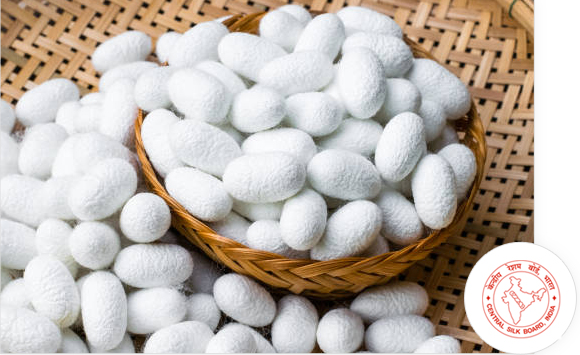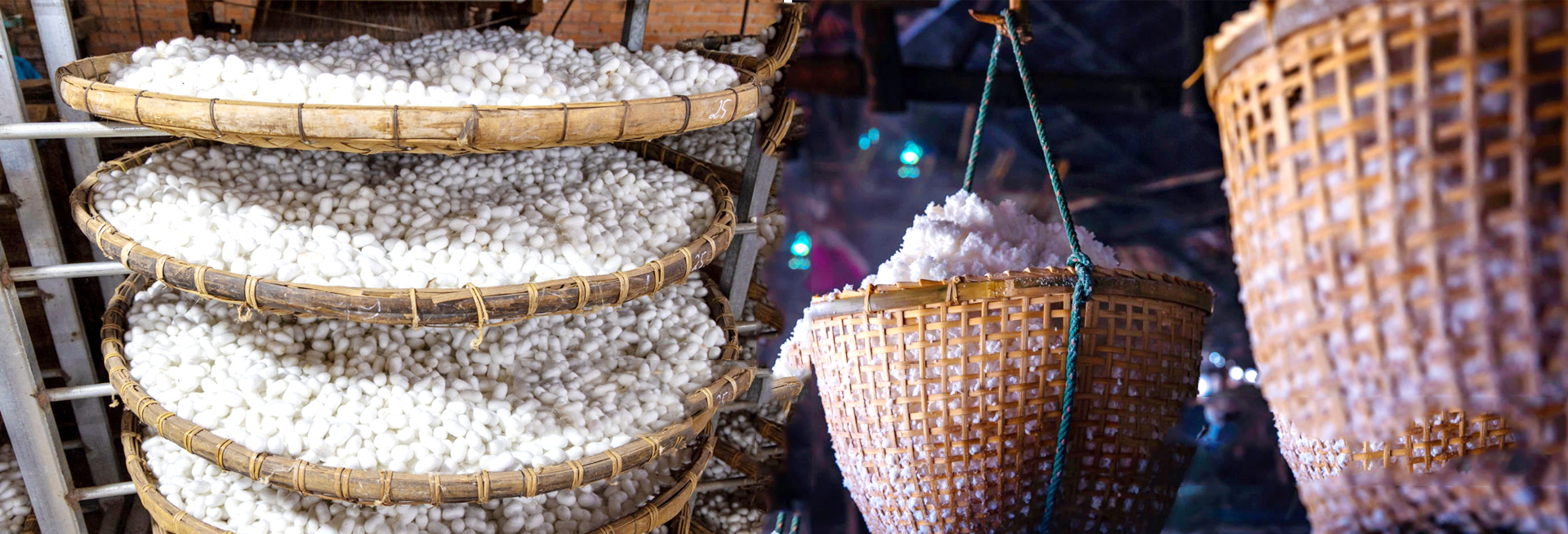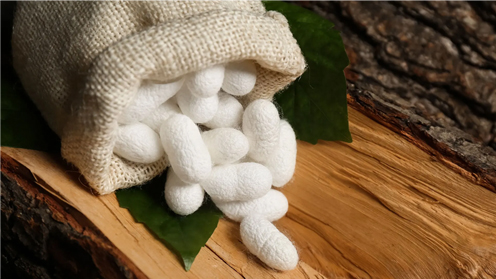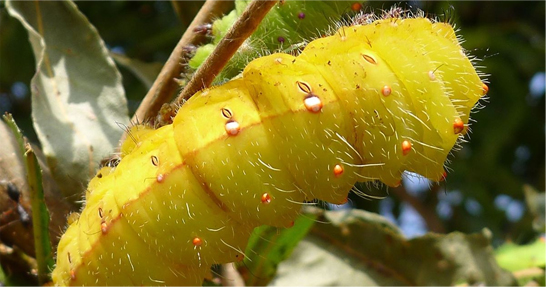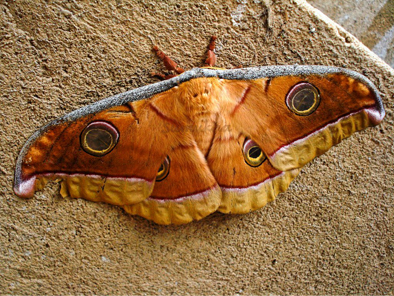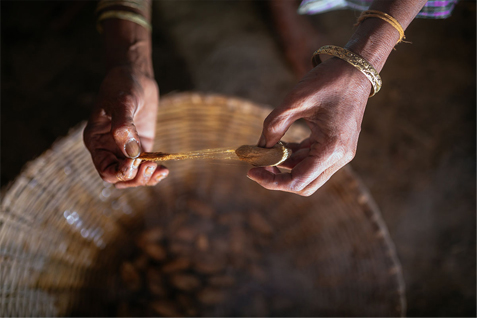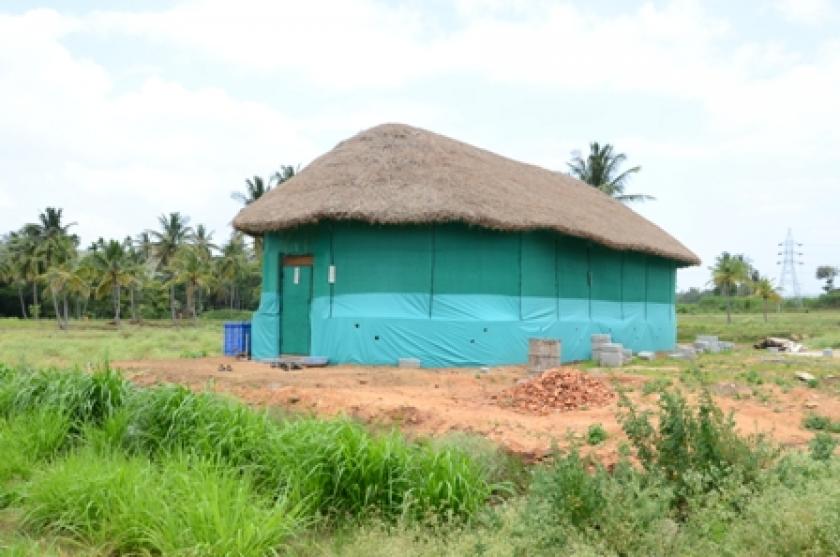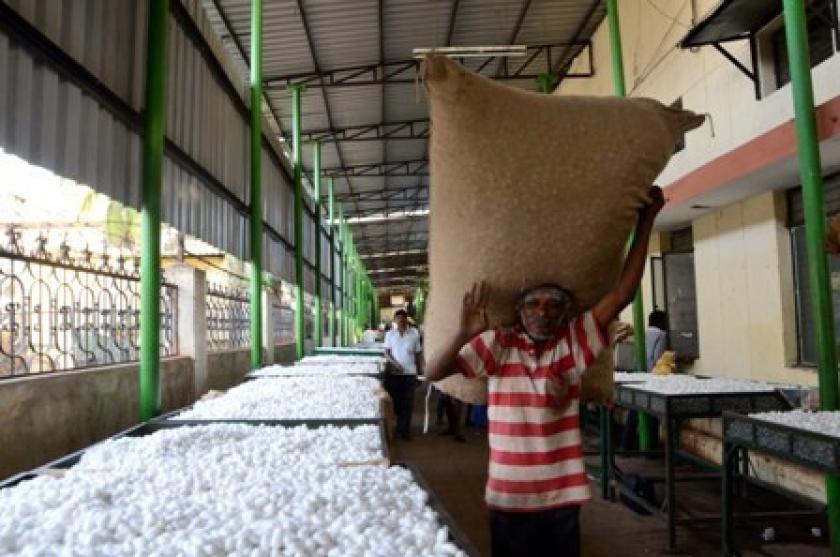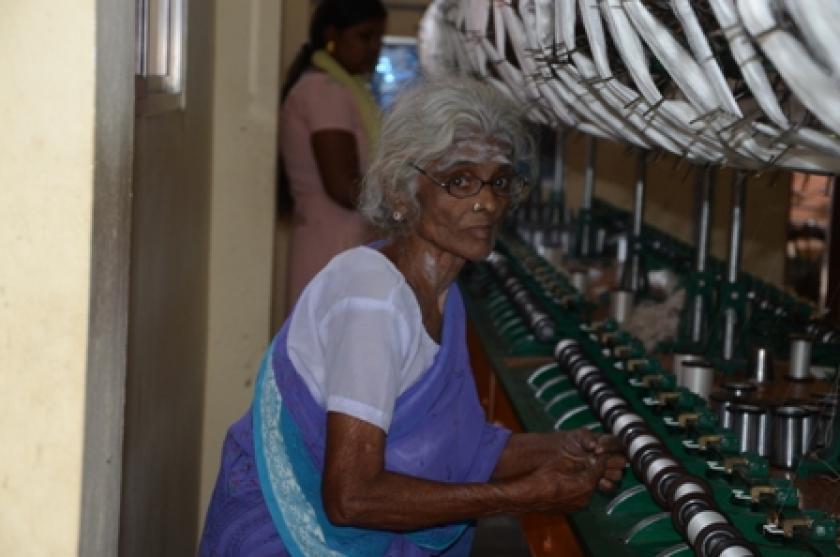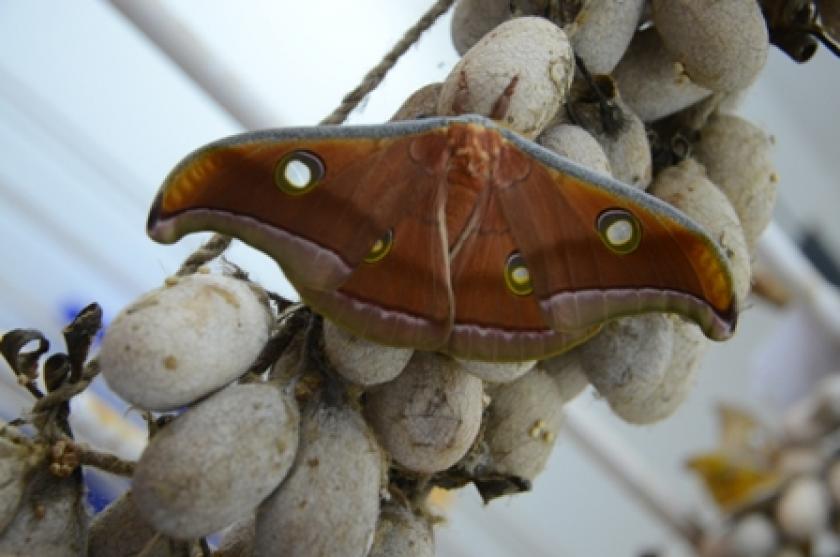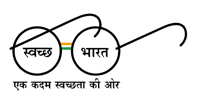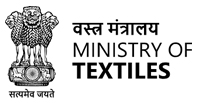Silk has been intermingled with the life and culture of the Indians. Though India is producing all the varieties of silk i.e., dress materials, scarves/stoles, readymade garments, etc., the silk sarees are unique. The saree is almost synonymous with the word silk. It is the traditional costume of Indian woman since time immemorial. There are innumerable references in Indian literature about this draped garment and the style of wearing differs from time to time, region to region and people to people. The silk sarees of India are among the living examples of the excellent craftsmanship of the weavers of the country.
The artistic and aesthetic sense of Indian weavers is not content with striking colours they choose for the fabrics, but lies in their mastery over the creation of floral designs, beautiful textures, fine geometry and the durability of such work. The weaver not only weaves with yarn but with intense feeling and emotion. In India, there are a number of silk weaving centers spread all over the country, known for their distinct and typical style and products. For Indians, particularly ladies, silk is lifeline - the elixir....
Read More...
